Aleje Marcinkowskiego, Urząd Pocztowy
Aleje Marcinkowskiego, Post Office
© Fotopolska.eu
POL
near Poznań
Fetching images...
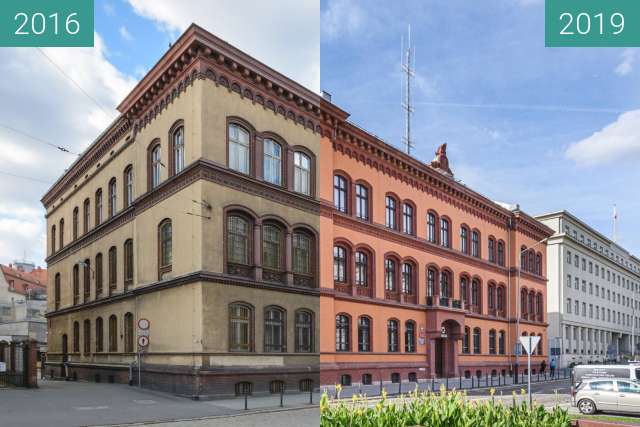
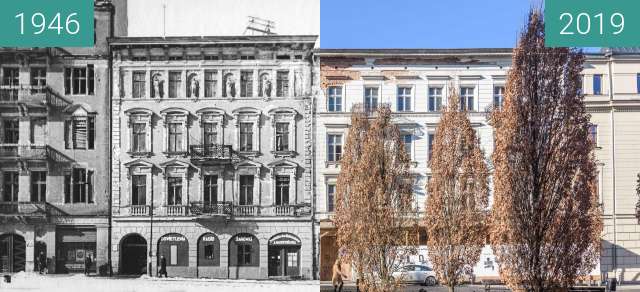
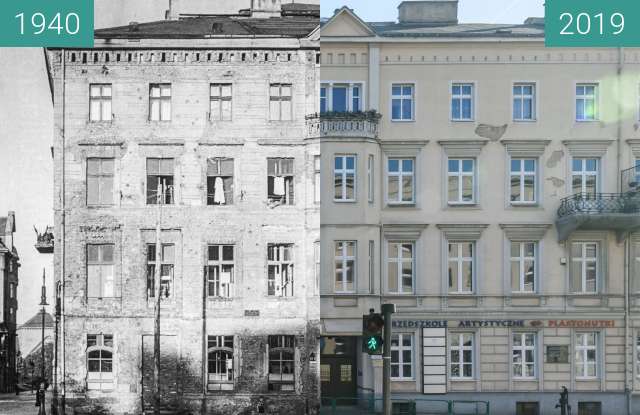
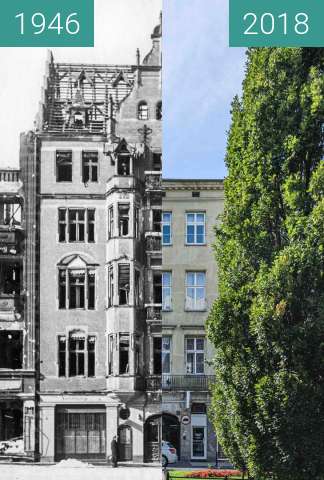
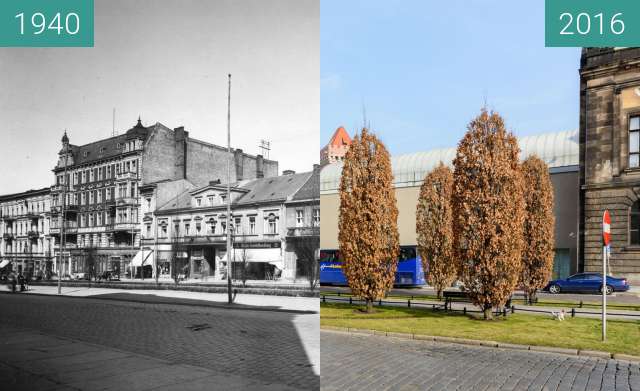
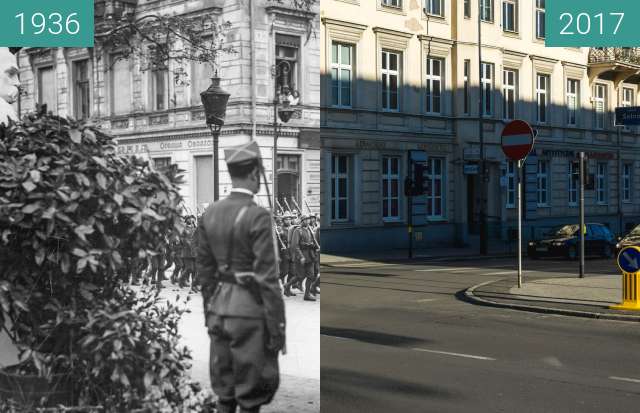
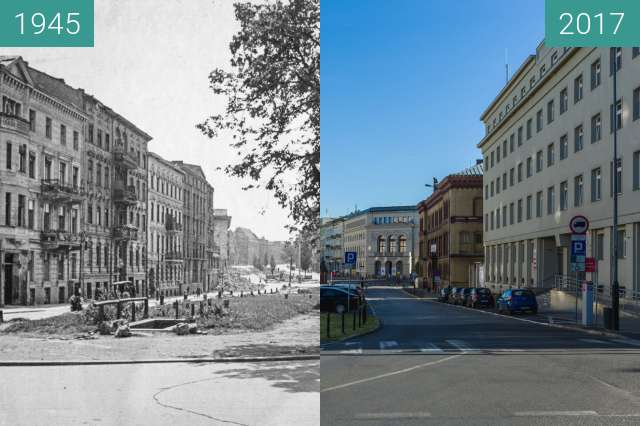
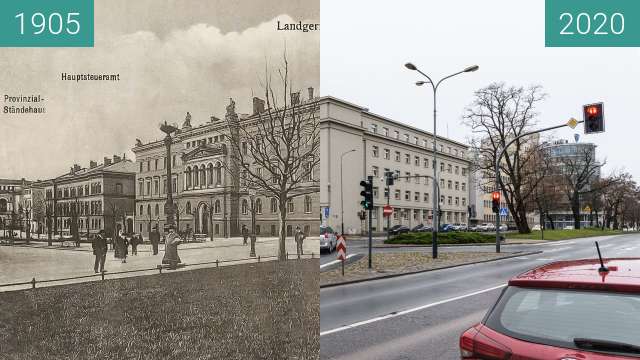
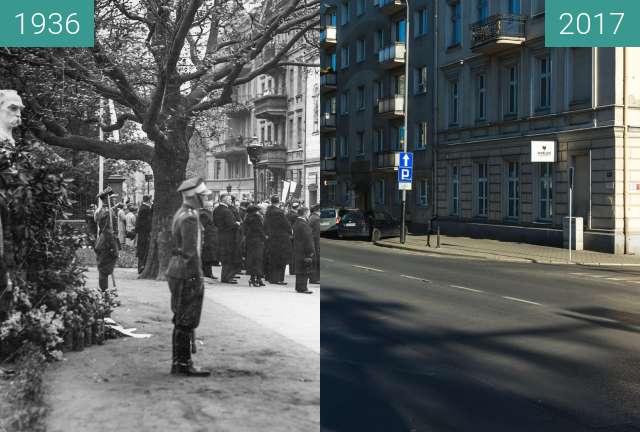
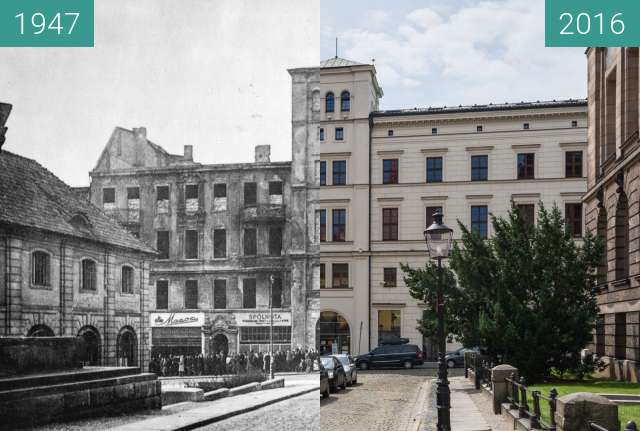
Gmach Urzędu Pocztowego Poznań 9 – budynek pocztowy zlokalizowany na Starym Mieście w Poznaniu przy ul. 23 Lutego 28, róg Al. Marcinkowskiego, w sąsiedztwie placu Wielkopolskiego, Uniwersytetu Artystycznego, Archiwum Państwowego, Studzienki Kronthala i rzeźby Golema.
Pierwszy gmach pocztowy stanął w tym miejscu w 1798 i miał dwie kondygnacje. W latach 1872-1881 zbudowano następny – neorenesansowy z kopułą (projektant – Heinrich Koch). Mieścił on w sobie m.in. stację dyliżansów. W 1936 przebudowano wnętrza według projektu Adama Ballenstedta, rozdzielając, w nowoczesny na owe czasy sposób, działy: pocztowy i telekomunikacyjny. Prace kontynuowano w czasie II wojny światowej, nadając obiektowi obecny wygląd. Monumentalna fasada z kolumnami doryckimi w wielkim porządku jest charakterystyczna dla architektury nazistowskiej. 9 września 1945 otwarto tu zbudowaną od podstaw międzymiastową centralę telefoniczną i telegraficzną (była ona wówczas głównym węzłem łączności dla Polski zachodniej). Miała 22 łącznice międzymiastowe o pojemności dwustu obwodów, trzy łącznice badaniowe, siedem stolików do przyjmowania rozmów oraz udzielania informacji i dziesięć połączeń dalekopisowych z głównymi miastami kraju[1]. W 1995 salę operacyjną przebudowano, rezygnując ze stylistyki nazistowskiej na rzecz postmodernizmu (Toya-Design).
W 1975 dobudowano, pomiędzy gmachem poczty a przestrzenią na nowy gmach Muzeum Narodowego (oddany w 2001), awangardowy biurowiec mieszczący Wojewódzkie Centrum Telekomunikacyjne, co było odpowiedzią na dynamiczny rozwój telefonii w tamtych czasach.
Z powodu istnienia w tym miejscu poczty, ulica przy której znajduje się gmach dawniej nosiła nazwę Pocztowej i Poststrasse.
https://pl.wikipedia.org/wiki/Gmach_Urz%C4%99du_Pocztowego_Pozna%C5%84_9
The building of the Poznań Post Office 9 - a post office building located in the Old Town in Poznań at ul. 23 February 28, corner of Al. Marcinkowskiego, in the vicinity of the Wielkopolska Square, the University of Art, the State Archives, Stonecki Kronthal and the sculpture Golem.
The first post office stood in this place in 1798 and had two floors. In the years 1872-1881, another - neo-Renaissance with a dome (designer - Heinrich Koch) was built. It contained, among others stagecoach station. In 1936, the interiors were rebuilt according to the design of Adam Ballenstedt, separating the postal and telecommunications departments in a modern way at that time. Work continued during World War II, giving the building its present appearance. The monumental facade with Doric columns in a great order is characteristic of Nazi architecture. On September 9, 1945, an inter-city telephone and telegraph exchange was built from scratch (it was at that time the main hub for communications for Western Poland). It had 22 interurban links with a capacity of two hundred circuits, three test connections, seven tables for receiving calls and providing information and ten teletypewriter connections with the main cities of the country [1]. In 1995, the operating room was rebuilt, giving up Nazi stylistics for postmodernism (Toya-Design).
In 1975, between the post office and space for the new National Museum building (completed in 2001), an avant-garde office building housing the Voivodship Telecommunications Center was added, which was the answer to the dynamic development of telephony in those times.
Due to the existence of a post here, the street at which the building is located was formerly called Pocztowa and Poststrasse.
https://pl.wikipedia.org/wiki/Gmach_Urz%C4%99du_Pocztowego_Pozna%C5%84_9